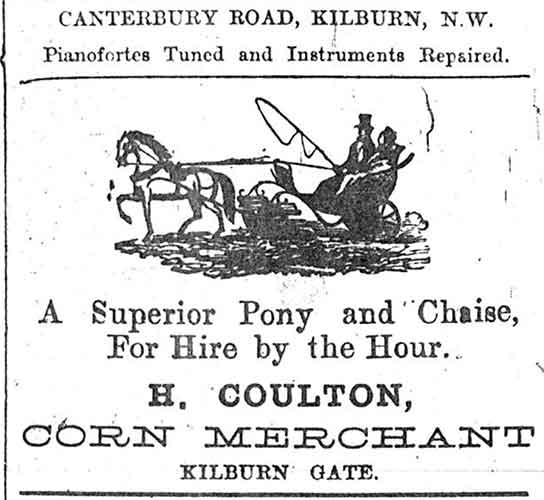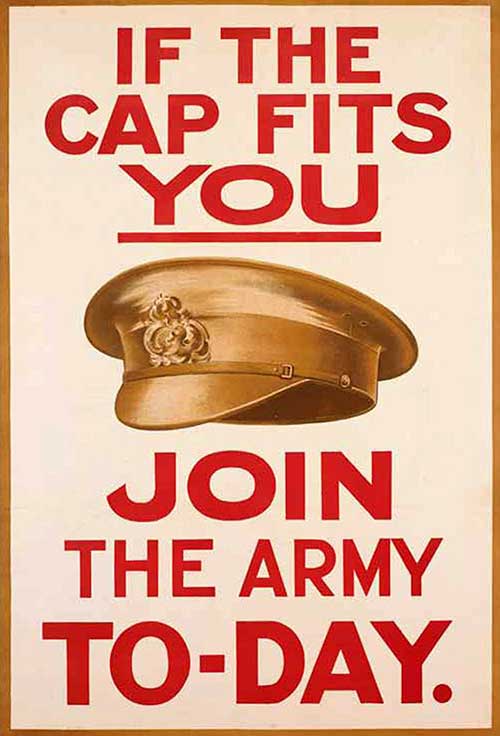Quite similar to photography (The history of photography), we see another element that one may call the new age of pictorials. Graphic design is one of the most important elements of the visual arts, we see it every day and it would be very difficult to operate the world without it; as a matter of fact, it would be almost impossible to live without graphic design these days in the modern advanced setting.
The power of graphic design is not necessarily the aesthetic part, it is the communicative part, graphic design is there to help communicate, inform, persuade, and guide.
15,000 BC, humans used various drawings and signs that were there to communicate or send a message, designs from weapons, the sun, deities, food, animals and rituals were drawn into stone or in clay tablets using pictographs and symbols. Though graphic design did not take its true shape and differentiate its own field until 1935, it still had a very rich history that is very telling about human nature to communicate.
Early human markings dated the evolution of visual literacy by using some signs that the tribe or the group has agreed upon, these forms eventually were used all the way today in streets and banners that are also understood by everyone.
Early Graphic design
To study and learn about the way that Graphic design has taken place, one of the most important settings to mention are the Sumerians in ancient Mesopotamia. People used these signs to send messages to future generations or to document events. Eventually leading to the first ever piece of literature that is the epic of Gilgamesh that consisted of more than 12 tablets of clay writings that documented the life of the half god, Gilgamesh and his quest to achieve immortality. These were eventually used to combine words and phrases in order to communicate verbally. One the other side, the Egyptians were also known for their early graphic design writings as they have used a lot of symbols that represented that everyday life and philosophy.
China is also one of the pioneers when it comes to getting records of valuable information when it comes to graphic design, as far back as 200CE, many prints were used to send message and document some of the oldest manuscripts to maintain their philosophy and the way some of their inventions were built.
Medieval calligraphy in the 700s was also one of the most important developments in the aesthetic part of graphic design. This led the graphic design to be on fabrics and textile to do various functions such as clothe making.
The print and graphic design
Many famous artists, were also the Graphic Designers of their time. Take Rubens, Dürer and Rembrandt for example. They, together with Gutenberg and other important inventions, layed the first paths to what we call Graphic Design today. Apart from that, all Visual Artist use their work as a means of Visual Communication. These are things we can use as well. It’s basically the same language. What truly led graphic design to become such an integral part of our lives dates back to 1276 in the printing press invention in Italy, and eventually leading to the Gutenberg’s printing type in 1450 where he perfected the system. The invention of the printing press was the start of a revolution of ideas; it made writings, drawings and designs accessible to the public
Graphic design then was used to promote a lot of ideas using words and symbols to send messages to the public such as propaganda messages and nationalist ideologies and general imagery. The new type and the new fonts were used for different reasons such as making phrases seem fancy or bold fonts to make the statement as important also emerged in the renaissance. The European heraldry was also one of the earlier forms of graphic design, some used horses or other animals as well as bold strong colours to convey some messages such as speed, power, happiness, success and competitiveness.
The first logo designs actually date back as far as the 1400, though it was mainly for branding, it was also to show the power of a person’s print and their skills. In addition to that, logos also meant a great deal for a business even back then because having a logo meant that you have a printer. The first known advertisement print that used graphic design was used back in 1620:

The 1880 and 1888 also came with the first Kodak which was the spike of photography as a hobby and a job as well as the technique of the halftone process that was used by designers and even photographers to create real colour in images.
1900s
This marked a whole new era of the graphic design; one would argue that graphic design did not fully emerge until the twentieth century. Right before the 20th century, the “Art Nouveau” movement was created using all sorts of creations that were not seen in the natural world, so it was a revolution of the idea and a revolution of what we visualize. It was international decorative style that involved designer arts.

In 1901, Frank Lloyd Wright wrote “The art and craft of the machine”, in the search to look for new ways to express themselves, artists like Wright, Mcdonald, and Hoffman devoted their time to pin down their art and work in decor, products, books, postures and banners; it was a movement of expression that later gained massive popularity. Thanks to this movement in the beginning of the century, there was a surge of new creative design that has never been seen before in that era. The time also faced the WW1 which also had armies and nations using these arts and designs for the first time in critical movements to influence decision making, ideologies and propaganda.
Design movement was very popular in the roaring twenties and people started to take notice of the word design and graphics, unseen photos have been circulating and many schools of thought have also started to emerge such as the formalism and constructivism movement in Russia, as well as realism in the US. Schools of thought have started to emerge such as the early Bauhaus in Germany which in turn produced a lot of imagery that is very popular even today.

The term graphic design did not appear until 1922 by the William Addison Dwiggins which was meant to describe the management of visuals. Magazines were also known for their new creative designs such as Vogue, Fortune, and Bazaar. Advertisement also heavily used graphic design in order to make products look more appealing and futuristic.
Rand Paul publishes the first book on design in 1947 where he establishes the field as it were and he led graphic design to become what it is today. Though the era was quite difficult as the post war was right around the corner, modernism began to fade away and post modernism was starting to take shape until the 60s. The emphasis on the graphic design was mainly two things, the expression of ideas, and the presentation of information which meant that both form and meaning were very important elements of graphic design. Universe, Helvetica and Arial were introduced as fonts which were one of the most used writing styles and even today Helvetica is the most used writing font. Artists like Bass have designed and created some of the most commonly known logos as we know them today such as “Dell”, “starkist”, IBM”, “UPS”, “Subway” and many others.
The new wave design has hit the streets around the 80s and the first computer to make images was the apple computer in 1984 that had the Bitmap graphics and the Macpaint. This was also during the time “page maker” was created to help new talents show their skills and power in graphic design, eventually leading to new wave typography, the Memphis group, retro design, the electronic revolution, and super graphics. The look and design of the graphics used were usually bold and bright coloured that popped to the eye.
The mass adoption of computers was really the time when graphic design has started to become a real job that has a lot of competition since then, people had easy access to computers and softwares for graphic designs were emerging since then.
1990 – present
Adobe Photoshop’s first version was released in 1990 along with the WWW, World Wide Web which made everything possible from negotiating the designs worldwide to the new wave of digital design. But around the 2000, this is was the new age, the designer’s community started to take shape in schools of thought and it was a science and art to study graphic design. With the digital revolution’s arrival, tools have become more widely used as adobe changed its interface and lots of options began emerging as the internet was expanding even further. Graphic design has become one of the most important elements of everyday life as artists started to hone in on their craft and try to establish their name in the large industry. The era before 2000 was also marked with three dimensional imaginative imagery that does not necessarily exist, so there was not yet a trend of making graphic designs look simple.
The beginning of 2010 marked a real change in the industry as it changed from unreal 3D shapes with super bolds and bright colours to more discreet and flat looking designs. The cut of cutout text was also present seven years later that used strong imagery to create logos and designs that look more normal and appealing to the eye.
The development of graphic design is not stagnating, as a matter of fact, one could argue that it will experience a massive influx of artists and new styles, vintage is going to make a huge comeback in the upcoming future, and the flat look is going to slightly get softer. What is more seen nowadays and is expected to rise is the huge wave of minimalism. There seems to be tendency for not only developers and graphic designers to move a back, but also regular consumer which is very interesting nowadays. The freelance market is taking over regular jobs which lets freelancers experiment with different styles with different people.
Conclusion
Graphic design plays a huge role in our everyday life; it makes our life much easier and lets everyone communicate the same way. The history and the development of the graphic design industry has faced a lot of trial and error and creative minds. Let us know in the comment what you think the most important era of graphic design was, the pre historic way of communicating, renaissance art, advertisements and graphic design in the roaring twenties or the post modern digital age? Add anything you think is relevant to the development of the graphic design industry down in the comments below.
